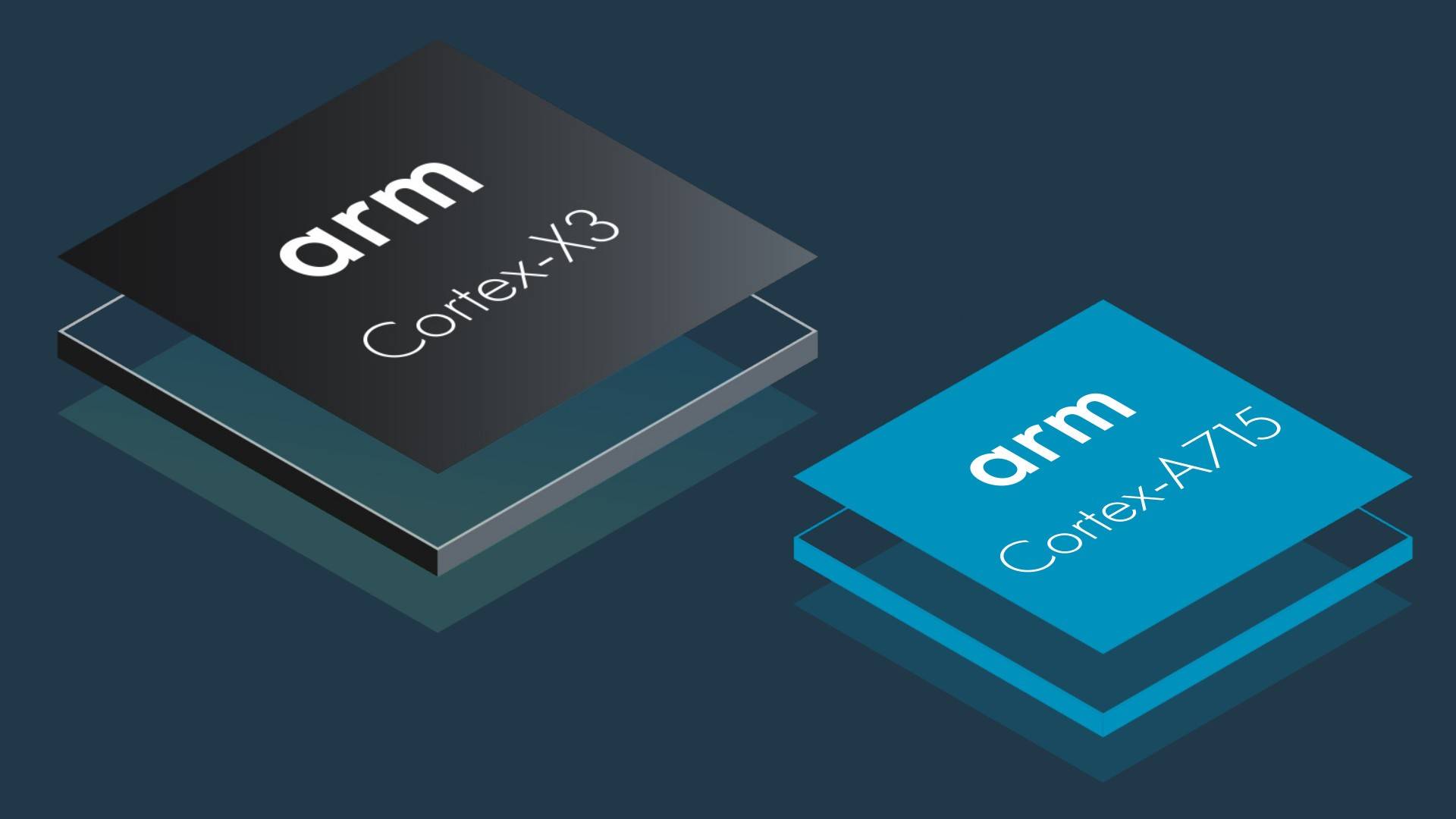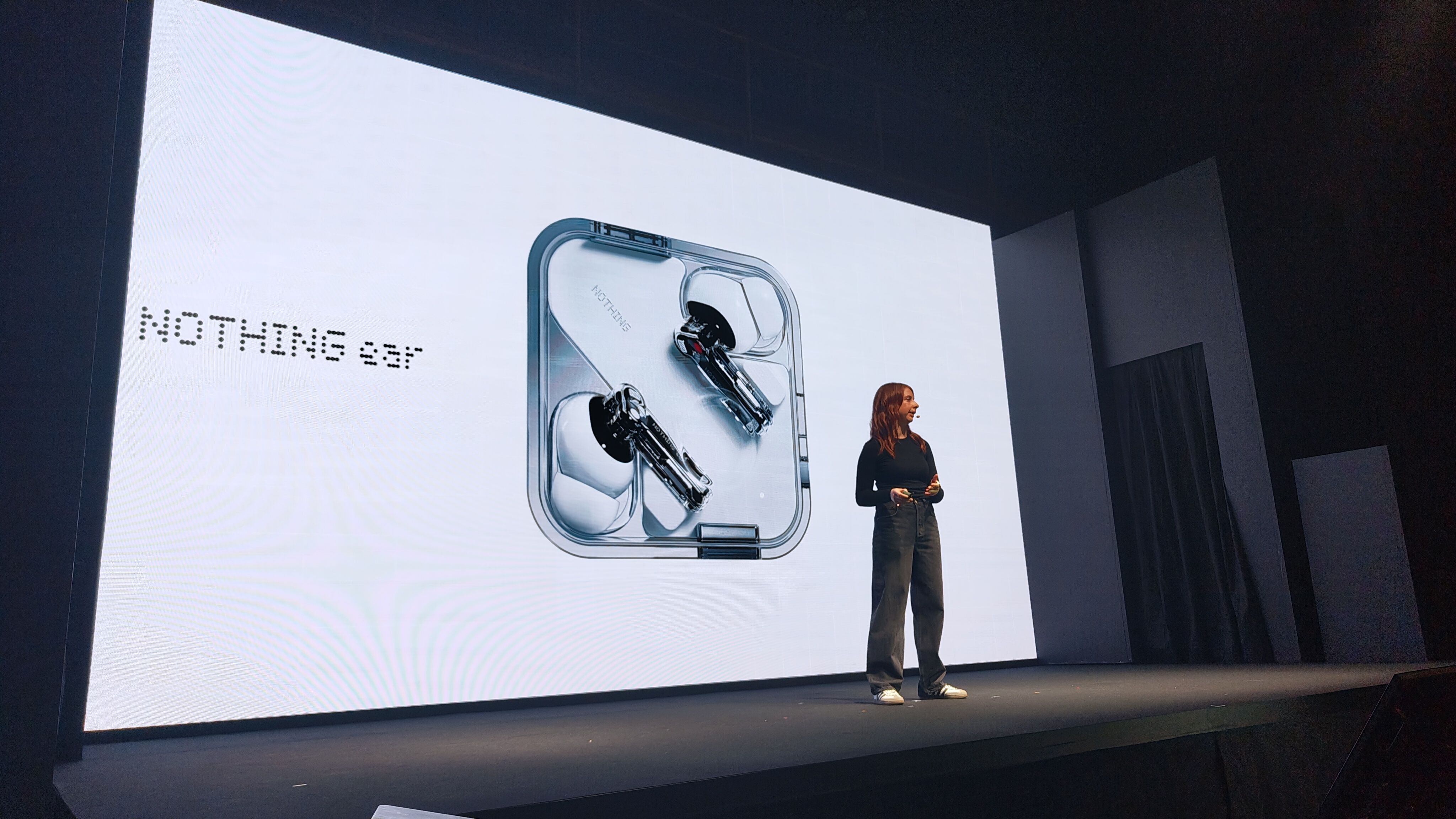
Arm, the chipset design provider for many companies, including Qualcomm, MediaTek, Apple, and others, has just announced the second generation of Armv9 processors and the new Immortalis GPU for smartphones with ray-tracing capabilities. The new set of CPUs and GPUs from Arm come with a number of advantages over the previous generation and could prove to be significant for the next generation of Android smartphones. Here’s everything you need to know about Arm Cortex-X3 and the company’s new flagship line of GPU, Immortalis.
Arm Cortex-X3 and Cortex-A715

Arm introduced the first generation of Armv9 architecture last year. At the time, Arm said that the v9 architecture would bring improved performance, security, AI, and Digital Signal Processing (DSP) capabilities. The company has now introduced the second generation of Armv9 architecture, which aims to build on the legacy of the first-gen Armv9 architecture, and brings in major performance improvements.
Cortex-X3 and Cortex-A715 are the two new CPUs based on the latest 2nd gen Armv9 architecture. Cortex-X3 is the company’s third-generation Cortex-X CPU. For those unaware, the Cortex-X program of Arm allows chip-making companies, such as Qualcomm and Apple, to partner with the firm and finalize the design of their CPUs.
The new Cortex-X3 promises a performance jump of up to 25% over the Cortex-X2. The Cortex-X2 CPU cores can be found on the latest Android smartphones powered by Qualcomm Snapdragon 8 Gen 1 and the Mediatek Dimensity 9000. In addition to offering a performance jump, the new CPU also claims to be more efficient, promising the same level of performance at a lower power consumption — though Arm did not dive into the particulars of this claim.

Alongside Cortex-X3, Arm also unveiled Cortex-A715 based on the new architecture. While it doesn’t offer major performance improvements — only about 5% — the company claims that the new A700 processor is much more energy-efficient. Arm claims that the Cortex-A715 CPU is 20% more energy-efficient in comparison to the previous Cortex-A710 CPU.
Overall, the processors based on the new second-generation Armv9 architecture should deliver improved performance and better battery life. The performance gains could be even more when chip manufacturers switch to the 3nm node process next year. Even though the gains look good on paper, it remains to be seen how the other companies make use of the new architecture. The first generation of SoCs based on the new Armv9 architecture is touted to be announced in fall 2022, with the first consumer products arriving in 2023.
Arm Immortalis GPU

In addition to the new Armv9 architecture, the company has also introduced the new flagship GPU called Immortalis. With Immortalis, Arm aims to change the dynamics of gaming on mobile. Most of the Android smartphones sold nowadays come with a GPU that is based on Arm’s Mali graphics processing units. The company is now taking up a notch with the launch of Immortalis GPU, which is based on Mali GPU but brings more features with it.
Immortalis-G715 is the company’s first GPU to offer hardware-based Ray Tracing support on mobile. For those unaware, the ray tracing feature tracks how a light ray would reflect in the real life. Though it sounds quite simple, it’s a much-complicated physics model to implement on a PC, let alone on a smartphone GPU. It requires high amounts of processing, but the end result is that it allows developers to make better-looking games and 3D models. You can check out Arm’s ray tracing demo down below:
Those wondering about the increased power consumption, Arm says that the Immortalis-A715 uses 4% of the shader core area and yet it delivers an improvement of over 300% in comparison to software-based ray tracing solutions. You may remember some chipsets from last year that claimed to support ray-tracing, however, those chips used software-based ray-tracing. The new Arm GPU enables the hardware-based ray-tracing, which is more accurate, faster, and realistic.
Arm says that enabling ray-tracing on smartphones will prove to be a paradigm shift in the mobile gaming industry. While it depends on a lot of factors — how OEMs such as Qualcomm and MediaTek use it in their chipsets and how soon the developers update their apps to support ray-tracing — as consumers, you can expect the next generation of Android flagship smartphones to offer better-looking games and longer playtime thanks to less power-hungry cores.







